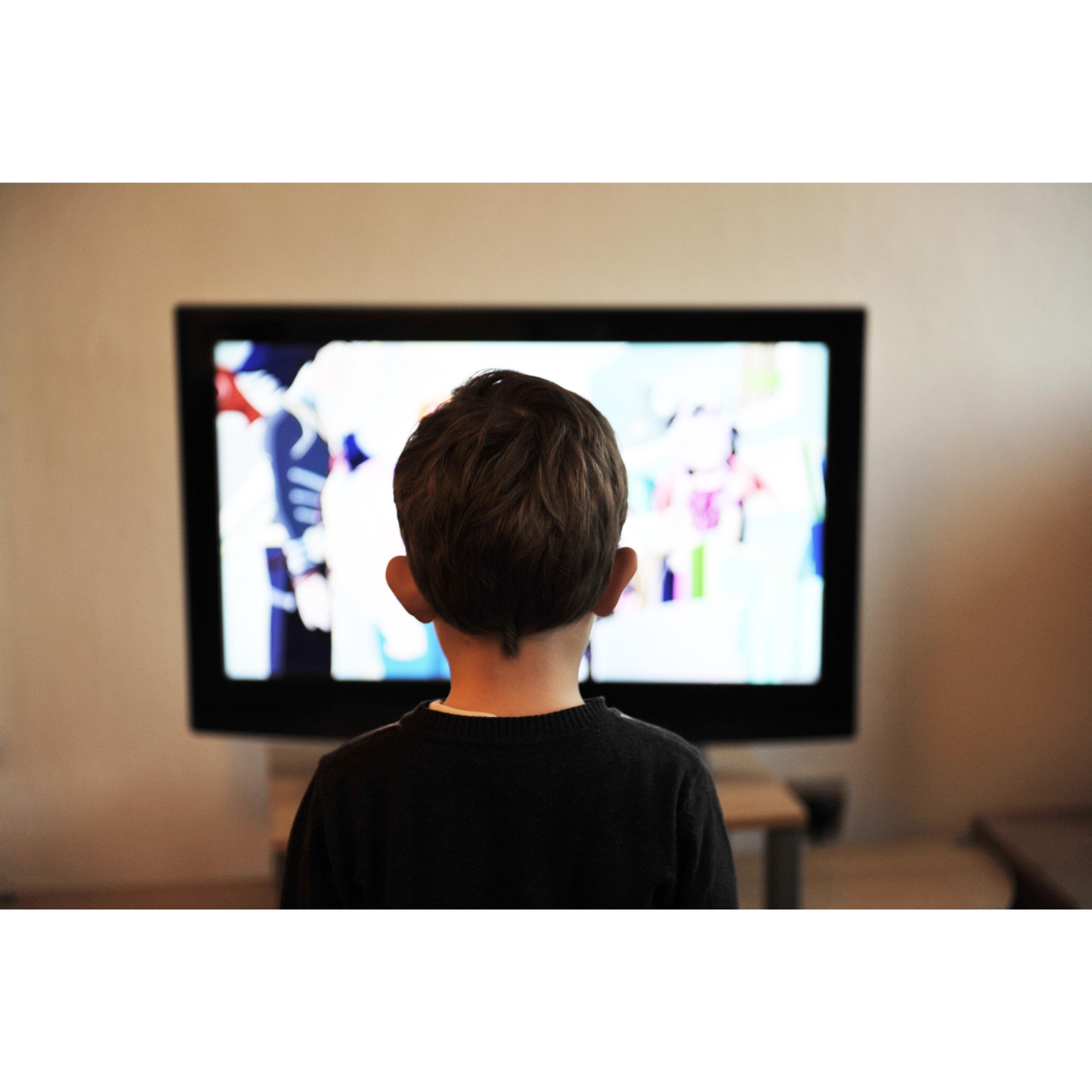Social and Emotional Development in Children
Social and emotional learning, which previously have shown immediate improvements in mental health, social skills, and academic achievement, continue to benefit students for months and even years to come.”
-2017 CASEL ORGANIZATION
Social and emotional learning is a trending term currently in school systems, but what does that
mean? The focus and belief of education has been academics that prepare students for college
and interaction with other children promoting development in social skills. In a world of
increasing complexity, this is no longer enough.
Impact of Emotions in Learning
Emotions and relationships affect how and what is learned. Emotions can be a motivator in learning and sustaining interest, but for some, unmanaged stress and poor regulation of impulses interfere with attention, memory and often result in unwanted behaviors; all which contribute to disruption in learning and difficulty forming positive friendships/relationships.
When a child has difficulty managing their emotions, are impulsive, lack self-confidence, lack
self-esteem, have frustration intolerance, are unable to empathize with others and perhaps unable to
establish and maintain positive relationships, they could likely benefit from social and emotional
learning skills.
An example is a 3rd grade boy, named John, who has difficulty reading social cues from his
classmates. He lacks the skills to compromise. He gets angry (often bursting into tears) when
a grade is not what he expected, or he struggles with an assignment. Paying attention and
focusing in the classroom is challenging for John. John doesn’t understanding why his
classmates make fun of him and hesitant to include him in groups. He is dramatic in his use of
language and behavior gets him in trouble with the teacher. John doesn’t understand why he
doesn’t have friends and why he is always in trouble.
John is an example of a child who would benefit from learning social and emotional skills.
These skills include improvement in self-awareness, self-regulation, and self-confidence; learning social cues; and understanding how to establish and maintain relationships. In the example above, John has several emotions impacting his ability to learn.
Research indicates that social and emotional learning for elementary and middle school
students is a strong approach to reducing problem behaviors, promoting positive adjustment,
and enhancing academic performance.
What Do I Do If This Is My Child?
The most successful way to obtain social and emotional learning skills is with a behavioral
specialist (therapist, social worker, psychologist or other professional trained in behavior
intervention) working closely with a child and the teacher. The key is to implement and teach at
the time of need, without delay. Not all schools have the staff to support this type of program,
however, outside collaboration between a school and a behavior specialist is possible.
Lori Cull-Deshmukh, LMSW, CPT
lori.resolve@gmail.com
913-752-9518
MORE BY LORI











